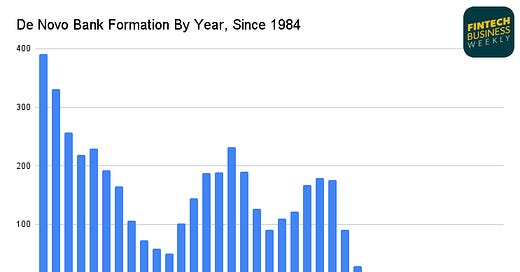Reading Between the Lines: Parsing Regulators’ Recent Public Remarks
NY Fintech Week Preview; Chargebacks911 Helped Shady Merchants Fake Evidence To Beat Disputes, FTC Says
Hey all, Jason here.
Around the time this hits your inbox, I should be working on packing my suitcase (hopefully) — I’ll be heading to New York next weekend, in advance of New York Fintech Week. Looking forward to catching up in person (and having my fill of New York bagels.) Find additional detail on some of the events I’ll be attending/speaking at belo…



